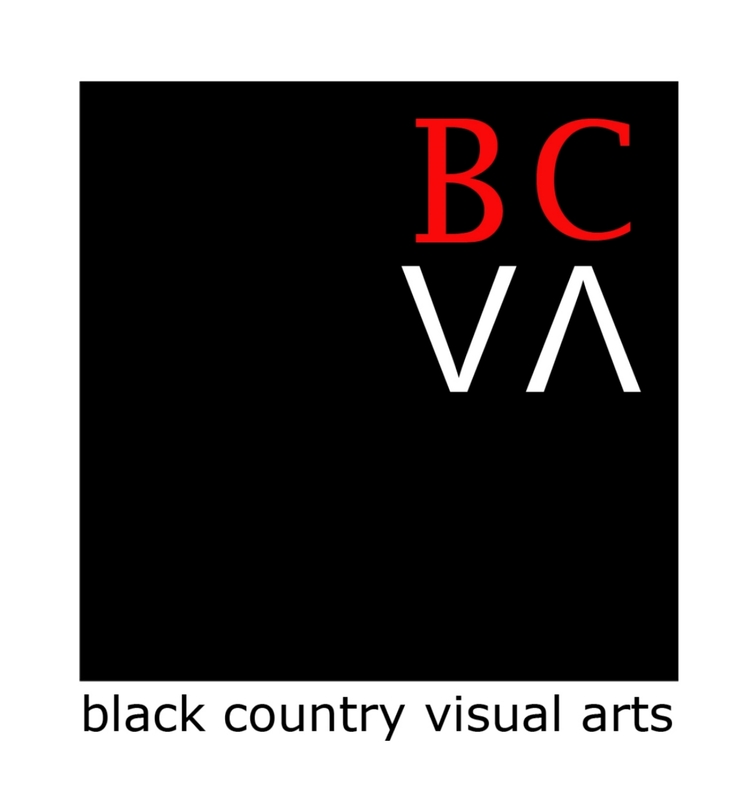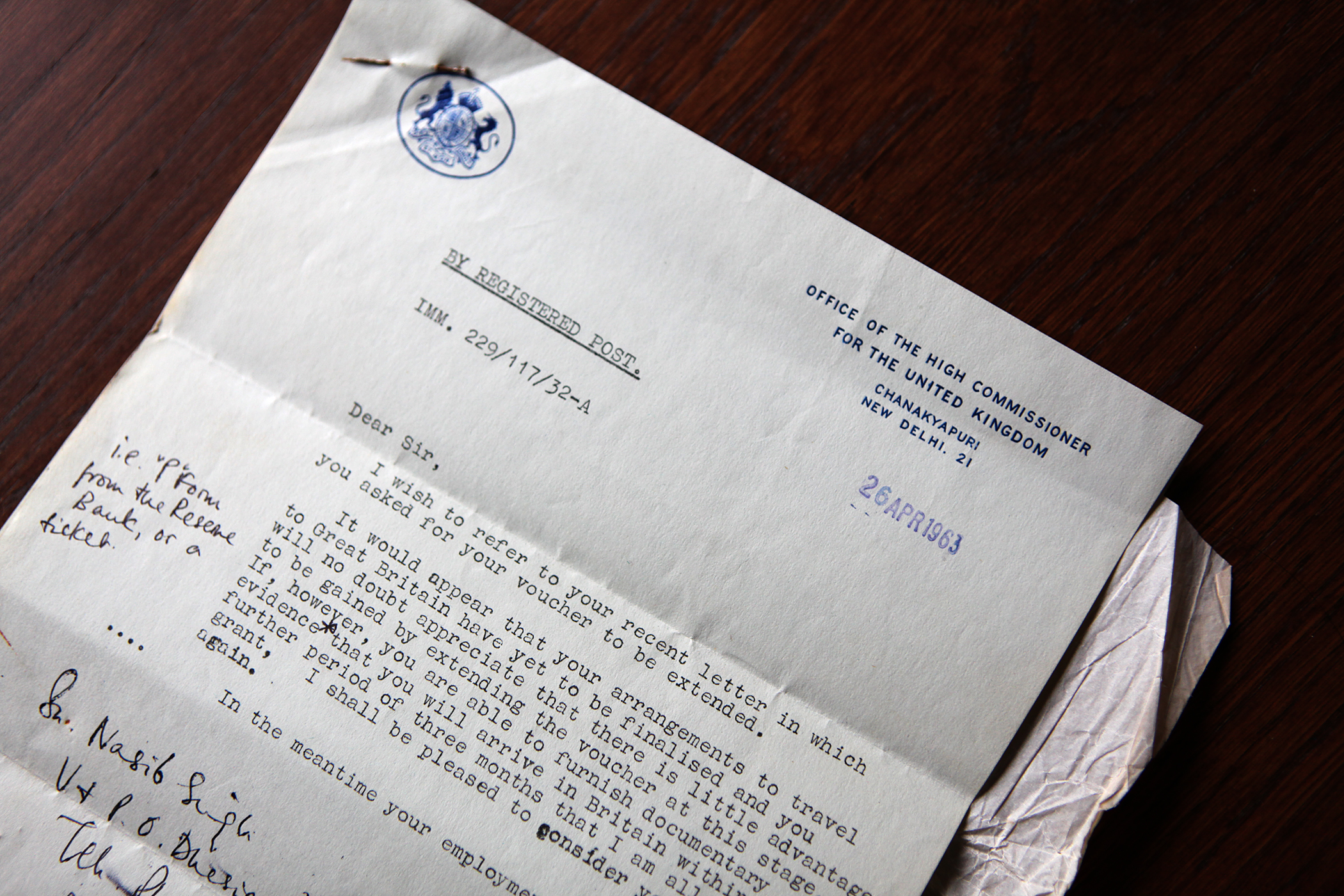Supnaa : Dreams of our Fathers is a project of BCVA Director Anand Chhabra’s long term project on his parents migration to the Black Country. The project therefore connects to his parents generation of migrants who had hopes of a better life in another part of the Commonwealth. From 228 applications from 58 countries this project was shortlisted down to the final few by Magnum Foundation’s Photography in Collaboration : Migration & Religion prize. The project seek to communicate the truth of those formative years through portraits, ephemera and conceptual images when Punjabi’s arrived into the Black Country en masse in a very tumultuous time in the 1960s and relays there hopes, dreams as well as disappointments. The 60’s was a racially charged time with a generation that knew the horrors of partition back home and racial prejudice as sojourners abroad. This project seeks to look at the times nd seasons of their lives as a story that remains largely untold through fine art documentary photography. The project has also nominated for Prix Pictet in 2019.
Excerpts taken from Supnaa project showing the Dreams, hopes, faith and work life of early Punjabi migrants © Anand Chhabra




